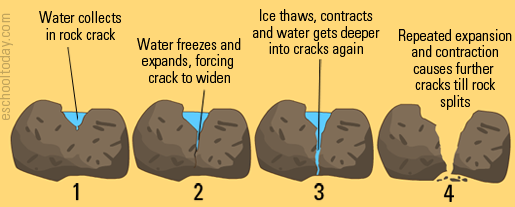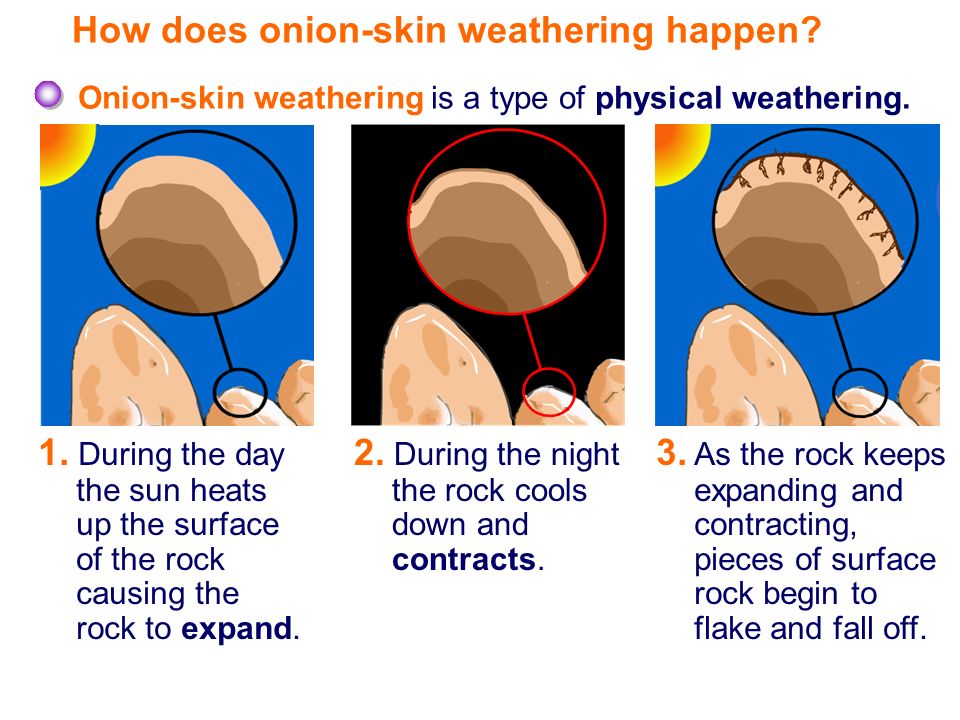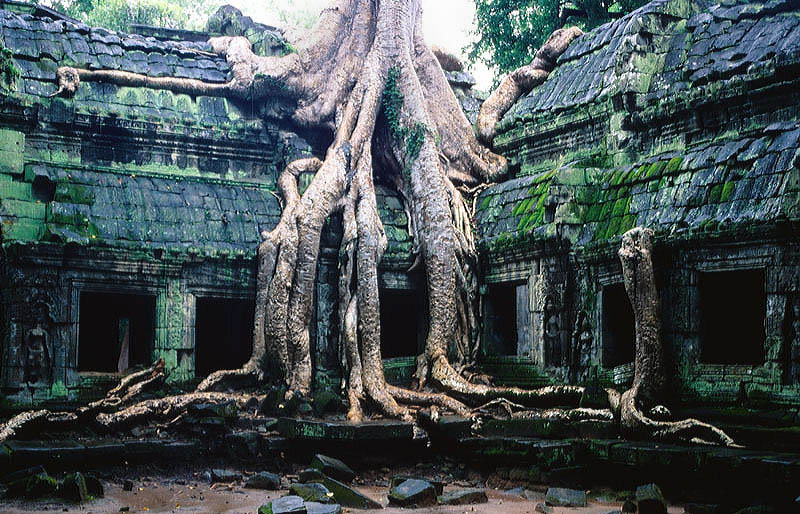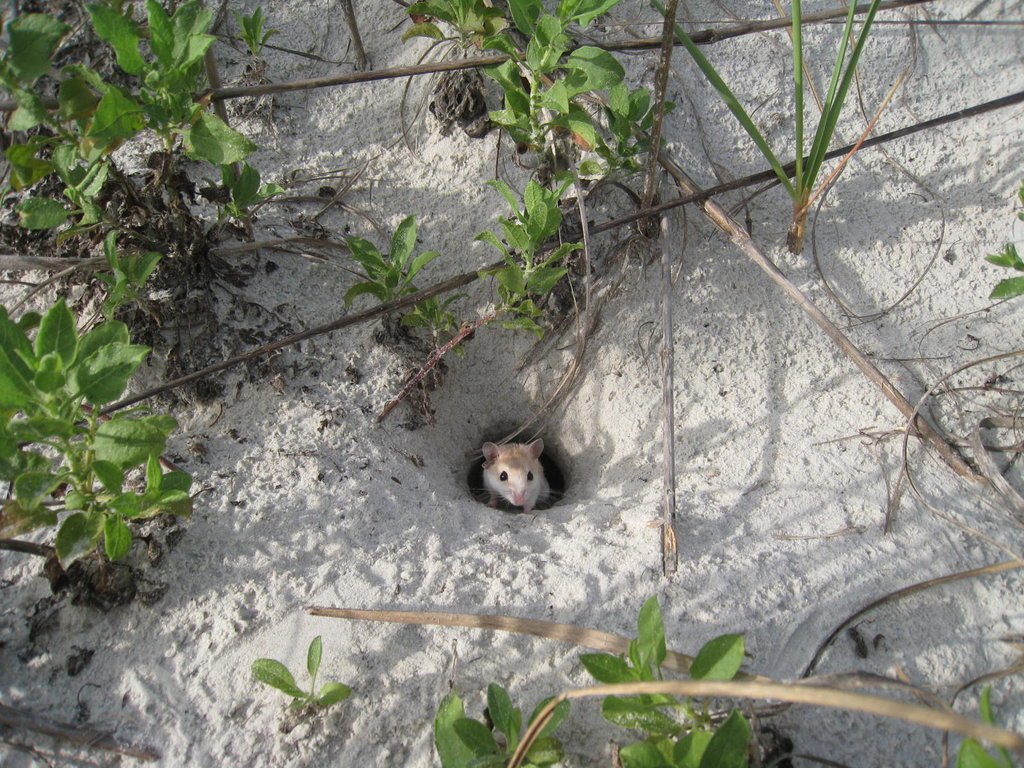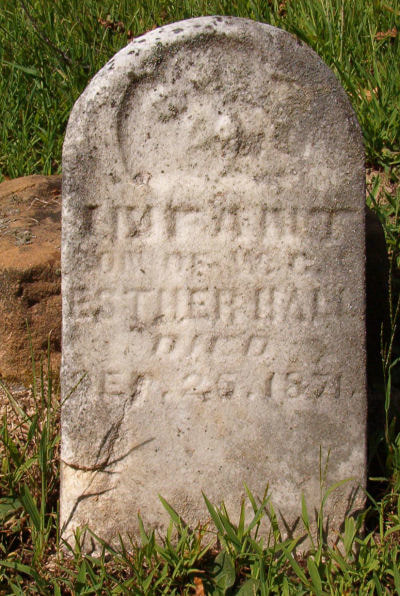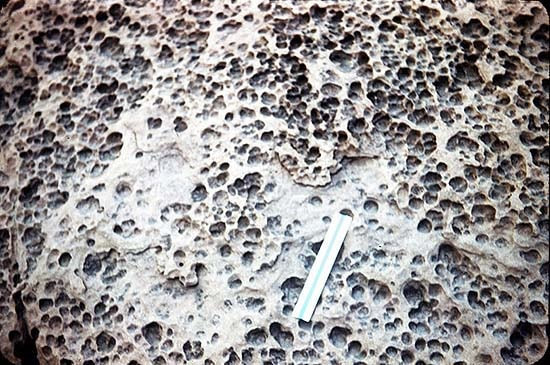-
MYP
- Home
-
IGCSE
- Course information
-
Physical: Hazardous environments
>
- Distribution of tectonic hazards
- Causes of tsunami
- Measuring earthquakes
- Earthquake case study 1: Haiti
- Earthquake case study 2: Christchurch
- Why do earthquakes do more damage in LICs than in HICs?
- How are volcanic eruptions measured?
- Tropical storms - distribution
- Causes of tropical cyclones
- Tropical cyclones - case study
- Why live in hazardous areas?
-
River Environments
>
- Hydrological cycle
- River basins
- Factors affecting river regimes
- Fluvial processes: erosion
- Fluvial processes: weathering and mass movement
- Fluvial processes: transportation and depositon
- River features and their formation
- How rivers change from source to mouth
- Uses of water
- Water pollution
- Water supply
-
IBDP
-
Changing population
>
- Global patterns of economic development
- Physical and human factors affecting global population distribution
- Case study 1: China
- Case study 2: Niger
- Demographic transition
- Megacity growth
- Forced migration and internal displacement
- Ageing populations
- Pro-natalist and anti-natalist policies
- Gender equality policies
- Trafficking policies
- The Demographic Dividend
-
Global climate vulnerability and resilience
>
- Atmospheric system
- The energy balance
- Changes in the energy balance
- The enhanced greenhouse effect
- Climate Change and the Hydrosphere, Atmosphere and Biosphere
- Impacts of climate change on people and places
- Disparities in exposure to climate change risk and vulnerability
- Government-led adaptation and mitigation strategies
- Civil society and corporate strategies
-
Global resource consumption and security
>
- Progress towards poverty reduction
- Measuring trends in global consumption
- Global patterns and trends in the availability and consumption of water
- Global patterns and trends in the availability and consumption of land/food
- Global patterns and trends in the availability and consumption of energy
- Water food and energy nexus
- Recycling and waste
- Malthus vs Boserup
- Resource Stewardship strategies
- Sustainable Development Goals
-
Freshwater - drainage basins
>
- The drainage basin as a system
- How rivers change from source to mouth
- River discharge
- River processes
- River landforms
- Factors affecting flood risk
- Attempts at flood prediction
- Flood mitigation
- Flood mitigation case studies
- Water scarcity
- Agricultural activities and water quality
- Pressures on lakes and aquifers
- Internationally shared water and conflict
- Water management: participation of local communities
- Dams as multi-purpose schemes
- Water management: Integrated Drainage Basin Management (IDBM)
- Managing wetlands
-
Leisure, Sport and Tourism
>
- Growth and purpose of leisure time
- Categories of tourism and sport
- Economic development and participation
- Factors affecting personal participation
- Factors affecting growth of tourism hotspots
- Spheres of influencee
- Factors affecting a national sports league
- Festivals
- Niche national tourism strategies
- Role of TNCs
- Tourism as a national development strategy
- International sporting events
- Consequences of unsustainable growth
- Sustainable tourism
- Future international tourism
- Political and cultural influences on sport
- Extended Essay in Geography >
- Skills/concepts >
-
Changing population
>
- Geography and ToK
- Theory of Knowledge
Specification
Fluvial processes involved in river valley and river channel formation: erosion (vertical and lateral), weathering and mass movement, transportation and deposition and factors affecting these processes (climate, slope, geology, altitude, aspect).
Remember that these processes, along with river transportation all act together to create river landscapes and landforms. Erosion takes place in the river itself, weathering loosens material beside the river, mass movement moves this loose material downhill and into the river and then the water in the river transports it away. Eventually it will be deposited downstream at the mouth of the river (forming a delta?) or at the inside of a meander (forming a point bar) or anywhere else where the river slows down and has reduced energy.
1. Erosion
Water erodes the land in four ways. These are:
- Hydraulic action - this is the sheer force of the water crashing against the banks and bed of the river. It is most effective when there are cracks in which air can be compressed by the force of the water, forcing the material apart.
- Abrasion/Corrasion - this is where material which is being carried by the river (sand, pebbles) collide with the banks and bed. They increase the power of the water and some say they act a bit like the particles of sand in sandpaper.
- Corrosion - this is where slightly acidic river water dissolves the rocks in the bank and bed of the river. It is particularly effective in areas of chalk or limestone as the calcium carbonate in those rocks is dissolved.
- Attrition - this is slightly different from the others as it affects the size and shape of the material being carried by the river rather than the river channel. It happens when rocks/pebbles carried by the river collide with each other. This knocks off the rough edges and makes material smaller and smoother downstream.
2. Weathering
|
|
Weathering is the wearing away of the land "in situ" in other words not involving movement. There are three main kinds shown below:
|
1) Physical or mechanical weathering - this is where changes in the moisture levels or temperatures. There are many different kinds. Two are shown below.
1) Physical or mechanical weathering - this is where changes in the moisture levels or temperatures. There are many different kinds. Two are shown below.
2) Biological weathering - this is when the actions of biological organisms break up the soil/rock. This might be due to the roots of trees or other plants or burrowing mammals or even insects.
3) Chemical weathering - this is where weak acids in rainfall dissolve rocks and other surfaces.
3. Mass movement
|
Mass movement is all about the movement of material downhill due to the force of gravity. It includes:
|
|
